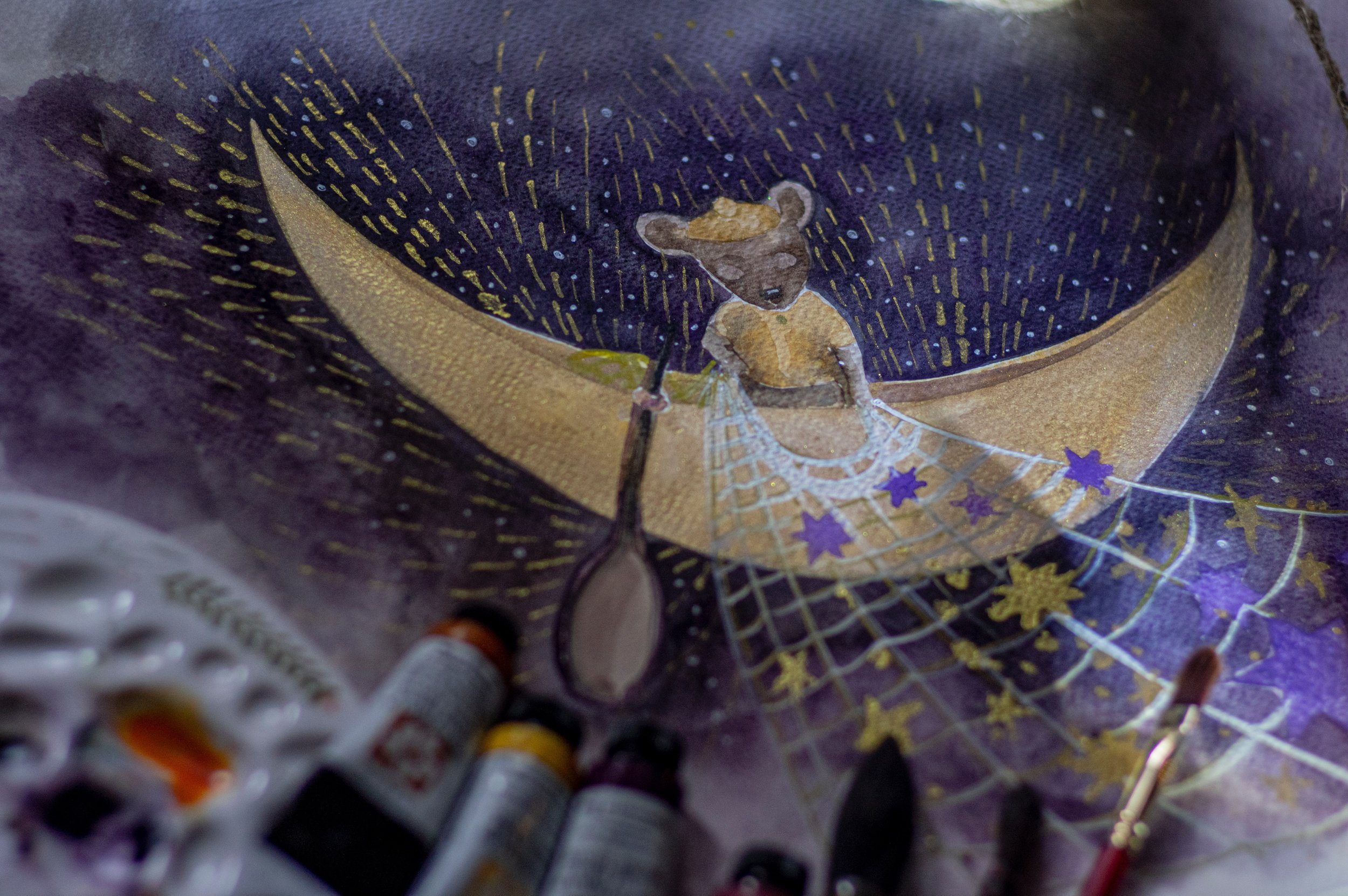The Frederick In All Of Us
I spent a good portion of my early years with my nose in a book. Books offered entrance to other worlds. Quiet time spent with the words on the page and the landscape of my imagination. Intimate and yet expansive at the same time.
One book from my childhood stands out above all the others. It was a short, simple book. About a group of mice preparing for the winter.
Leo Lionni’s “Frederick” won the 1967 Caldecott award. My best guess would be that I first read it around 1968, the year I entered kindergarten. A copy from the school library, it was covered in that wonderfully crinkly plastic that protects library books. The pages were worn a bit from the hands that turned the pages before me. It leaked the same musty smell that lived within the library walls.
I was captivated by the simply drawn images of a group of mice preparing for the winter. My father’s career in banking and my mother’s job as a bookkeeper forged an early awareness in me of the need to count, save, prepare, and plan for the future. Oh, I recognized all that in those busy field mice, foraging, counting and storing in the stone wall of a country meadow.
But one mouse, Frederick, was not among the busy workers toting acorns and corn to the wall for safekeeping. Frederick lazed in the sunshine, collecting the warm, golden light. He absorbed and stored the deep fall colors of magenta, caramel, and tangerine in his minds eye. His tiny nose twitched as it detected the loamy smells of the fermenting leaves. His ears captured the music of the meadow; the birds’ melodic chirps and the wind’s whisper along the field.
His poet’s soul gathered the sights, sounds, and stories of nature as they moved through the fall season and marched towards winter.
The busy mice criticized Frederick for not “working”; he was not helping to prepare for the coming winter season. Yet when winter finally came and after a time, the corn had run out, Frederick’s value was revealed in his gifts as a storyteller and gatherer of the season’s beauty. What he had gathered and collected was as important as the food stored in the stone wall.
Lionni’s book contains several important themes and lessons, but for this child, the message of the role and value of the artist, the storyteller, the poet spoke to something deep within me. Perhaps lifetimes spent questioning that part of me and what value, if any, it had.
As I fast approach my 60th year, I understand more deeply the importance of beauty, art, music, and storytelling. It nourishes us as much, and sometimes more, than a steaming bowl of soup on a cold January night.
Life is best lived with balance, we know. Our western culture is driven by materialism and linear thinking. Those help navigate life here on earth, most definitely. But of equal value is the beauty and depth of experience of the arts. They nourish and inform us as we munch on the corn we’ve worked for and stored.
I encourage all of us to step into and embrace our roles as artists of our life. As we touch and utilize our innate creativity, we make the world a better place and nourish our individual souls. We connect with the natural world and all of us in it. We can pull on that beauty during life’s winters to sustain us til times of abundance and ease return.
Cheers to the Frederick that lives in all of us!


